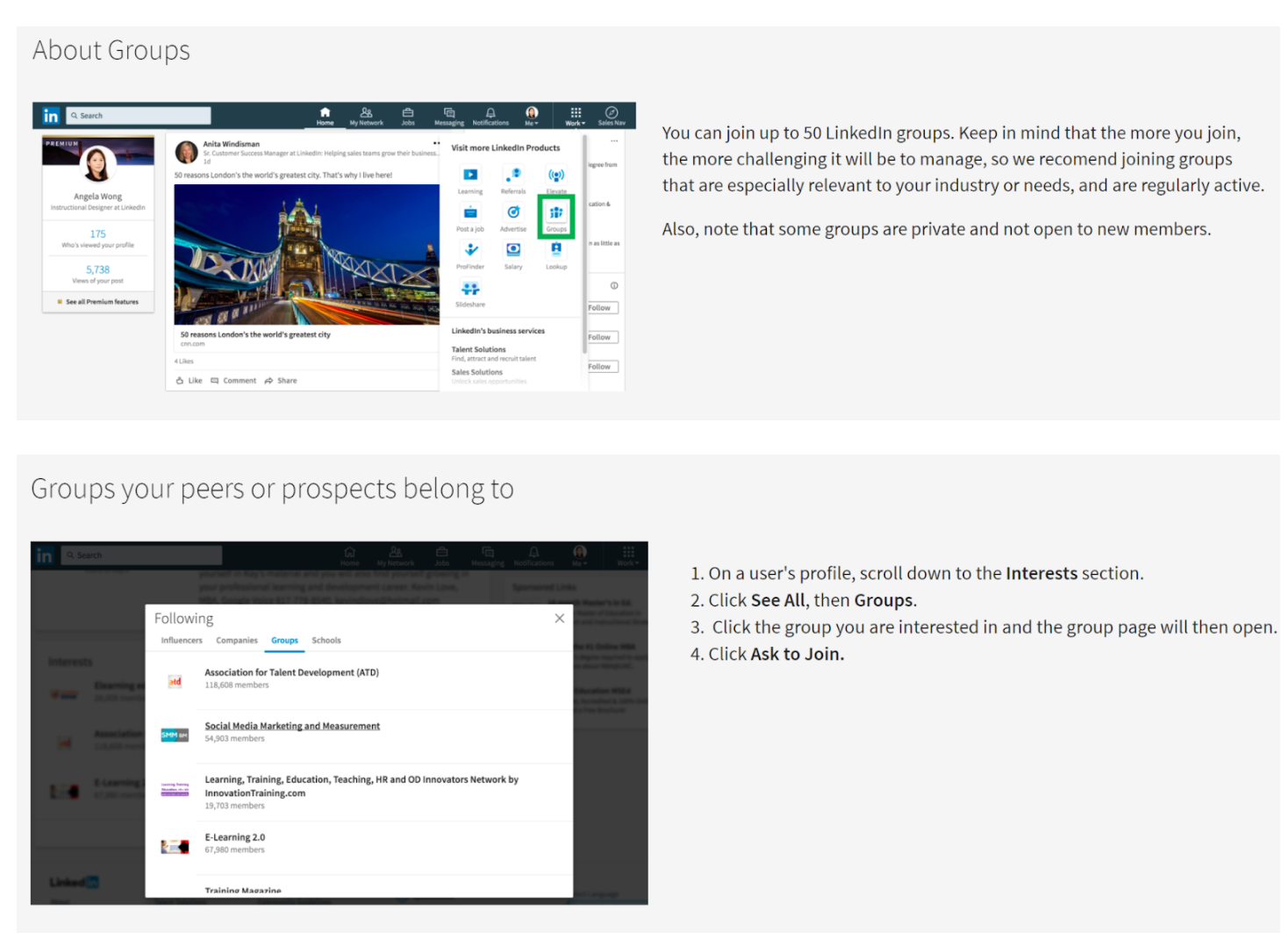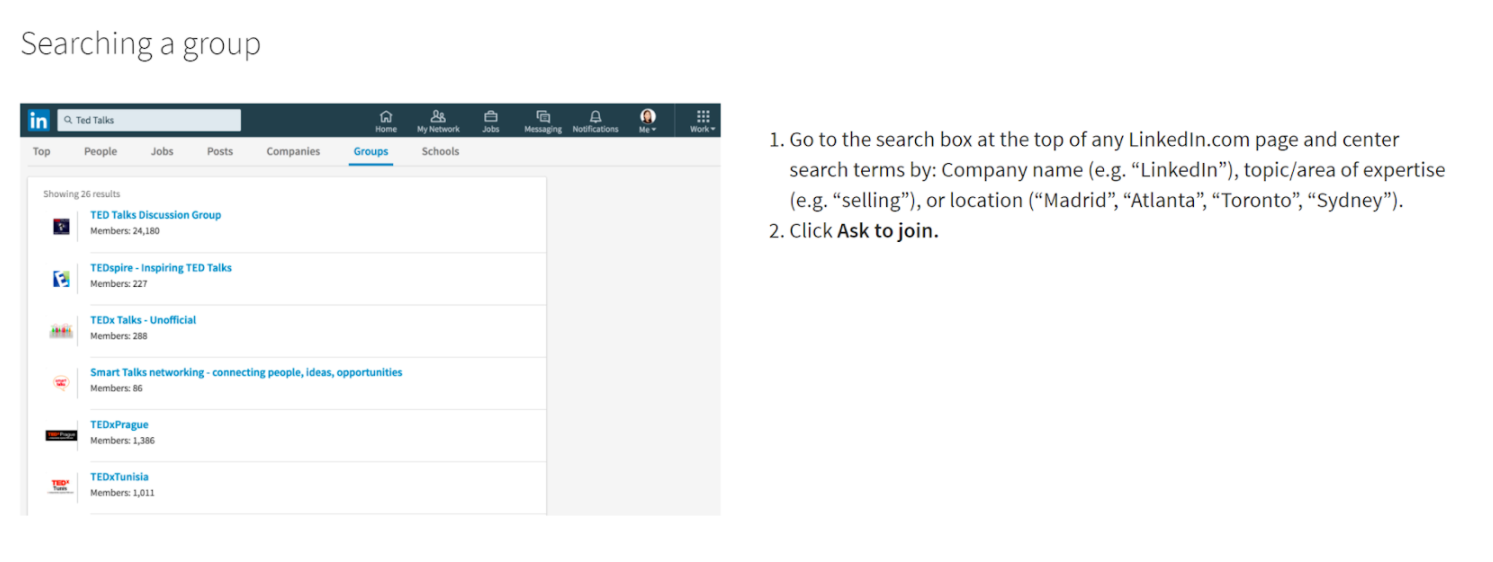Every lead generation agency should make use of Linkedin Sales Navigator.
Why?
Well, it’s an incredibly powerful tool for outreach, BUT if you don’t know how to use it the right way, you are going to miss out on many potential leads.
This ultimate guide will show you the best way to use Linkedin Sales Navigator, and what not to do when searching for prospects.
If after reading this article, and you are still not getting the results you would like from Linkedin outreach, feel free to get in touch with Salesbread.
We offer free 15-minute consultations (as well as a consultation service) and done for you lead generation at pricing less than that of hiring a full-time SDR, with no locked-in contracts.
A little background info first….
If you are using the free version of Linkedin, then upgrading to a higher Linkedin Sales Navigators package with Advanced filters is a wise choice.
This is especially true if you have a defined target market and want to use advanced search filters for better insights, are hitting your search limit regularly, and would like to save your searches.
Is it expensive?
The good news is that a Sales Navigator account isn’t too pricey.
For $99.99 a month you have access to:
- Linkedin Subscriptions
- Extended Network Access: Unlimited search, Saved searches, Who’s viewed your profile in the past 90 days
- 50 Inmails per month
- Advanced search filters and sales spotlights
- Lead and account recommendations
- Integrate with your sales tools – SNAP, Outlook web integration, Sales Navigator mobile app
- Keep track of people and companies: Saved leads/accounts, Custom lists, Alerts, Notes
There are also other pricing plans that offer more, so you will need to decide which option would work best for your Linkedin lead generation.
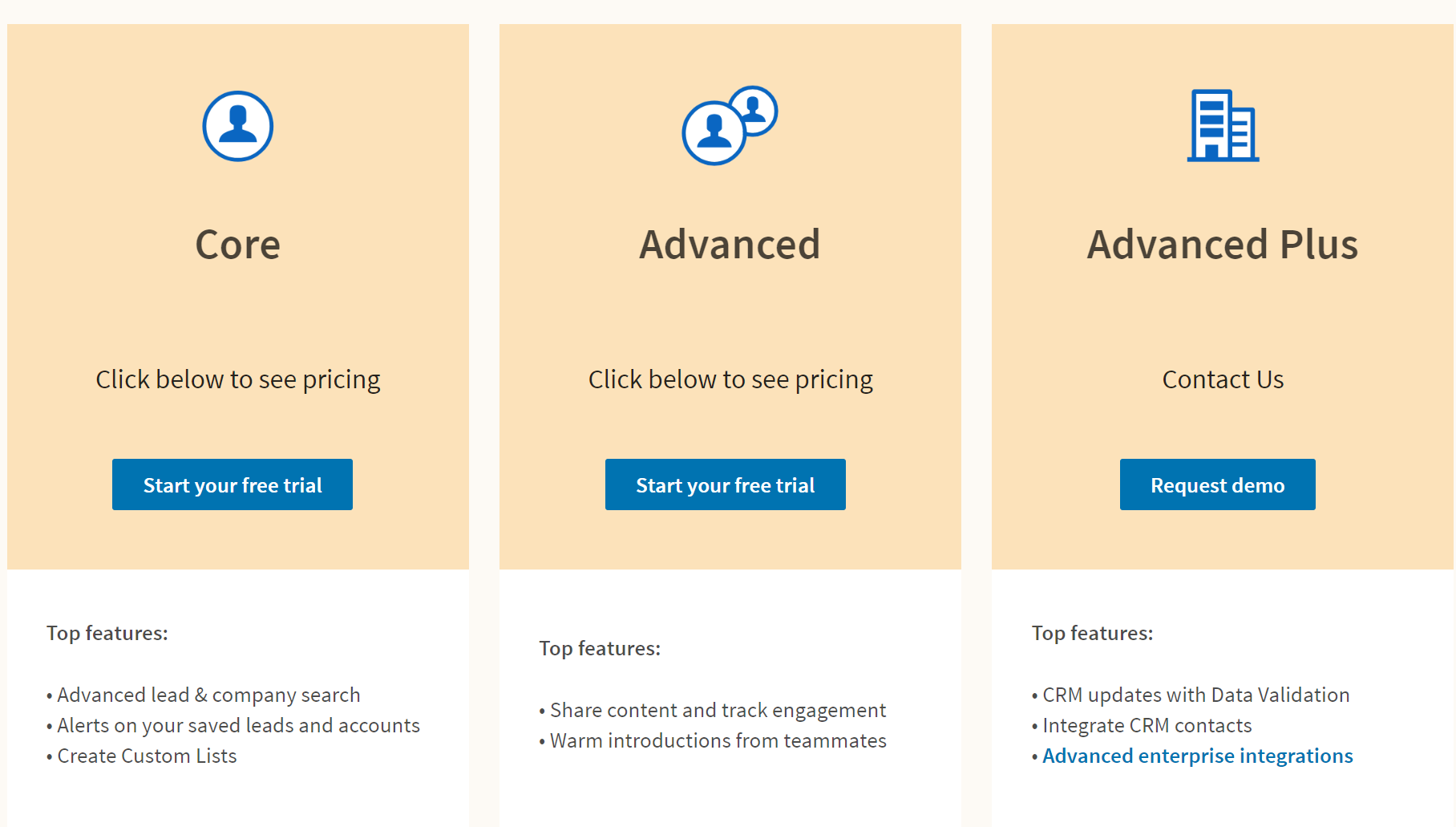
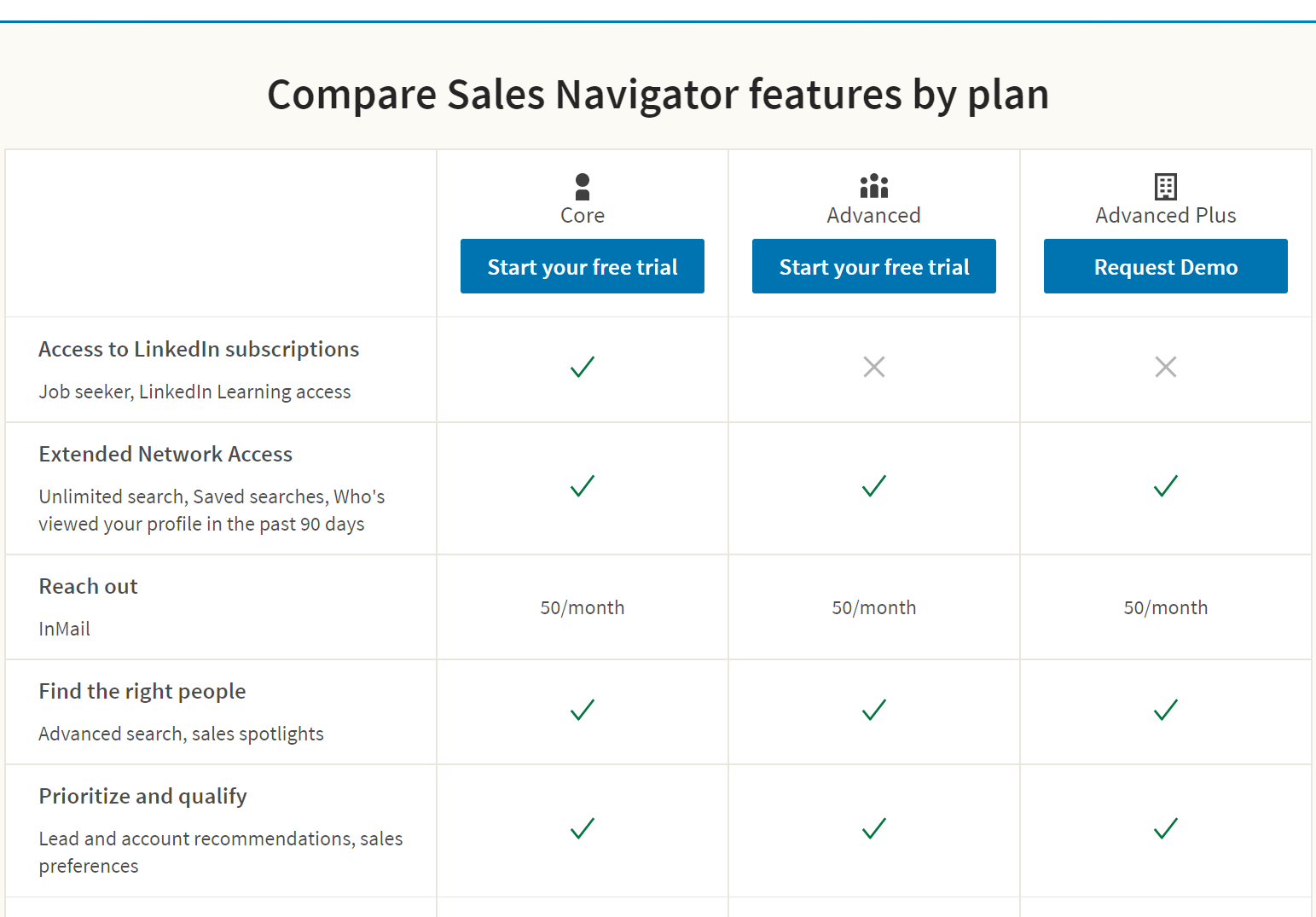
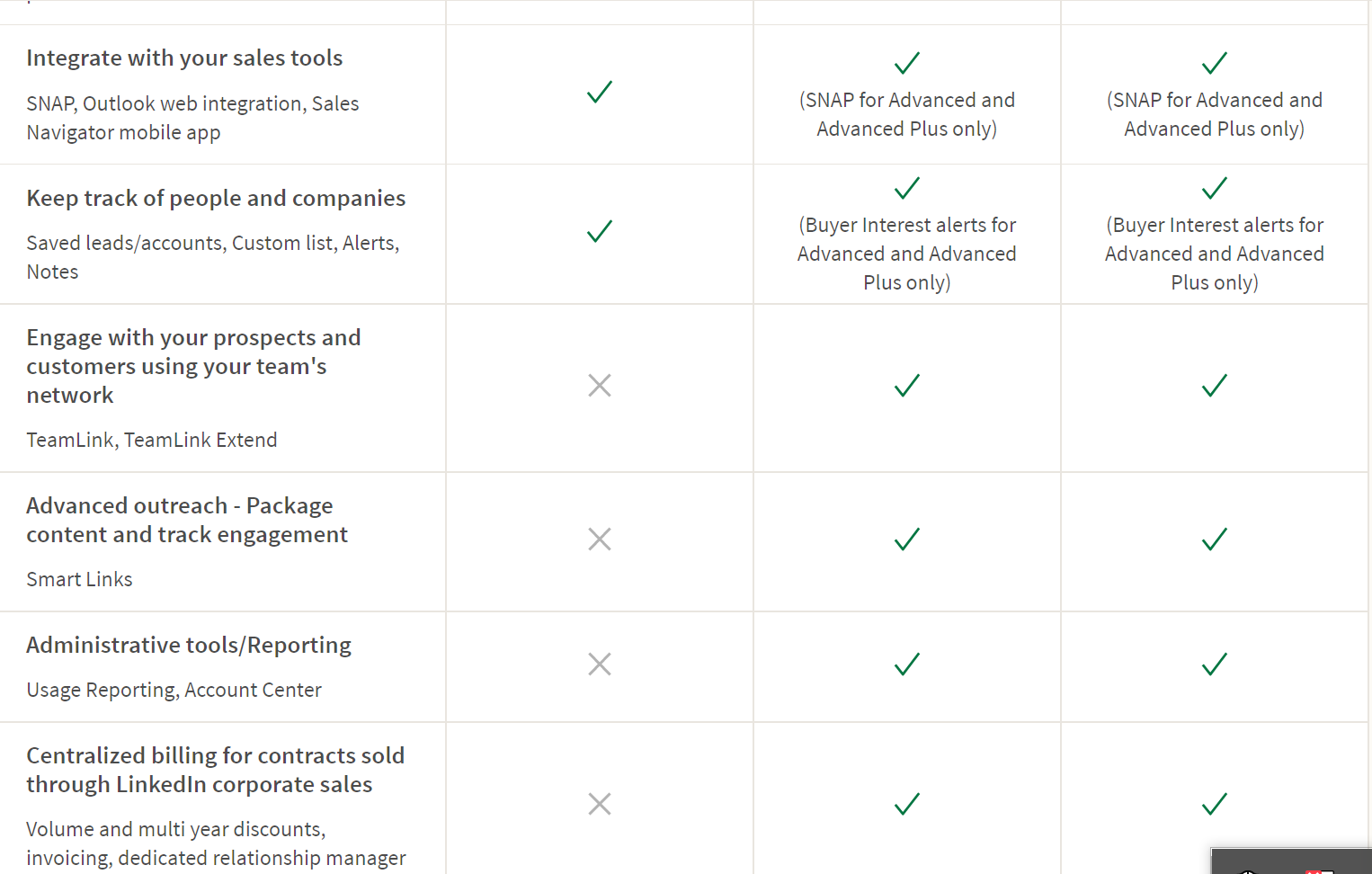
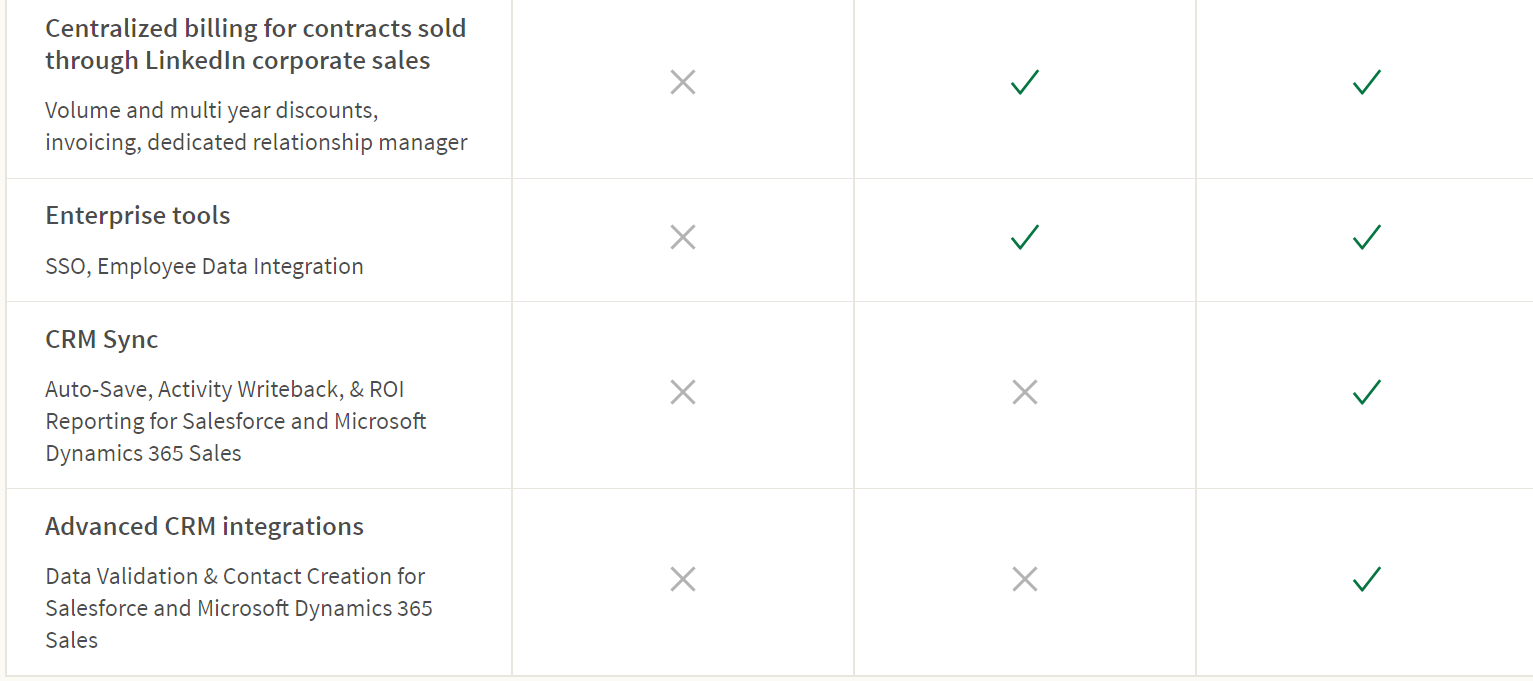
Before you begin your advanced search, edit your sales preferences
Editing your sales preferences will help define your search. If your preferences aren’t 100% targeted, then it will affect which leads Sales Navigator shows you. How do you edit your preferences? It’s simple. Hover your mouse over your Linkedin profile image and press settings. Halfway down the page, you will see “sales preference settings.” You can then adjust your preferences as needed. See images: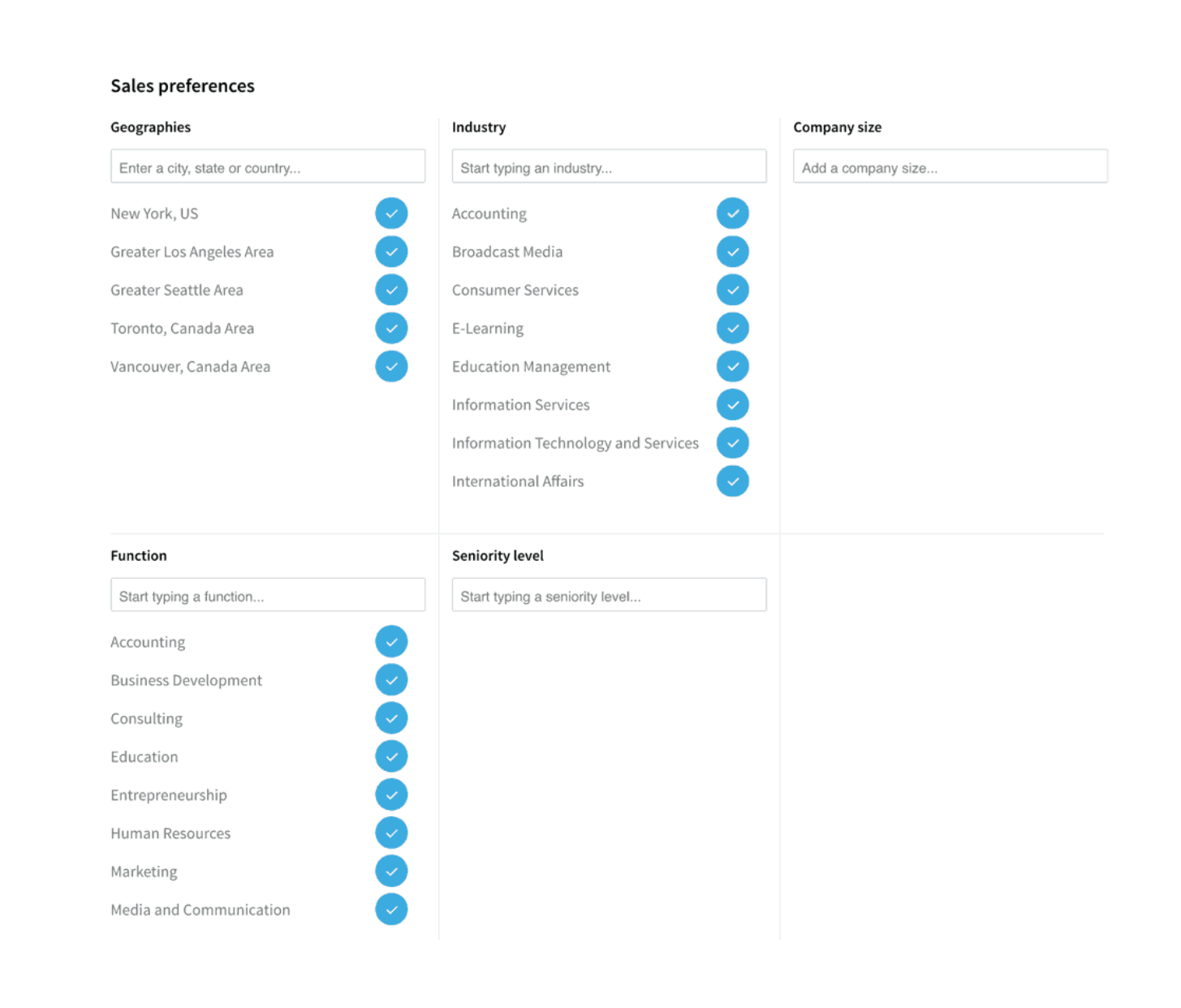

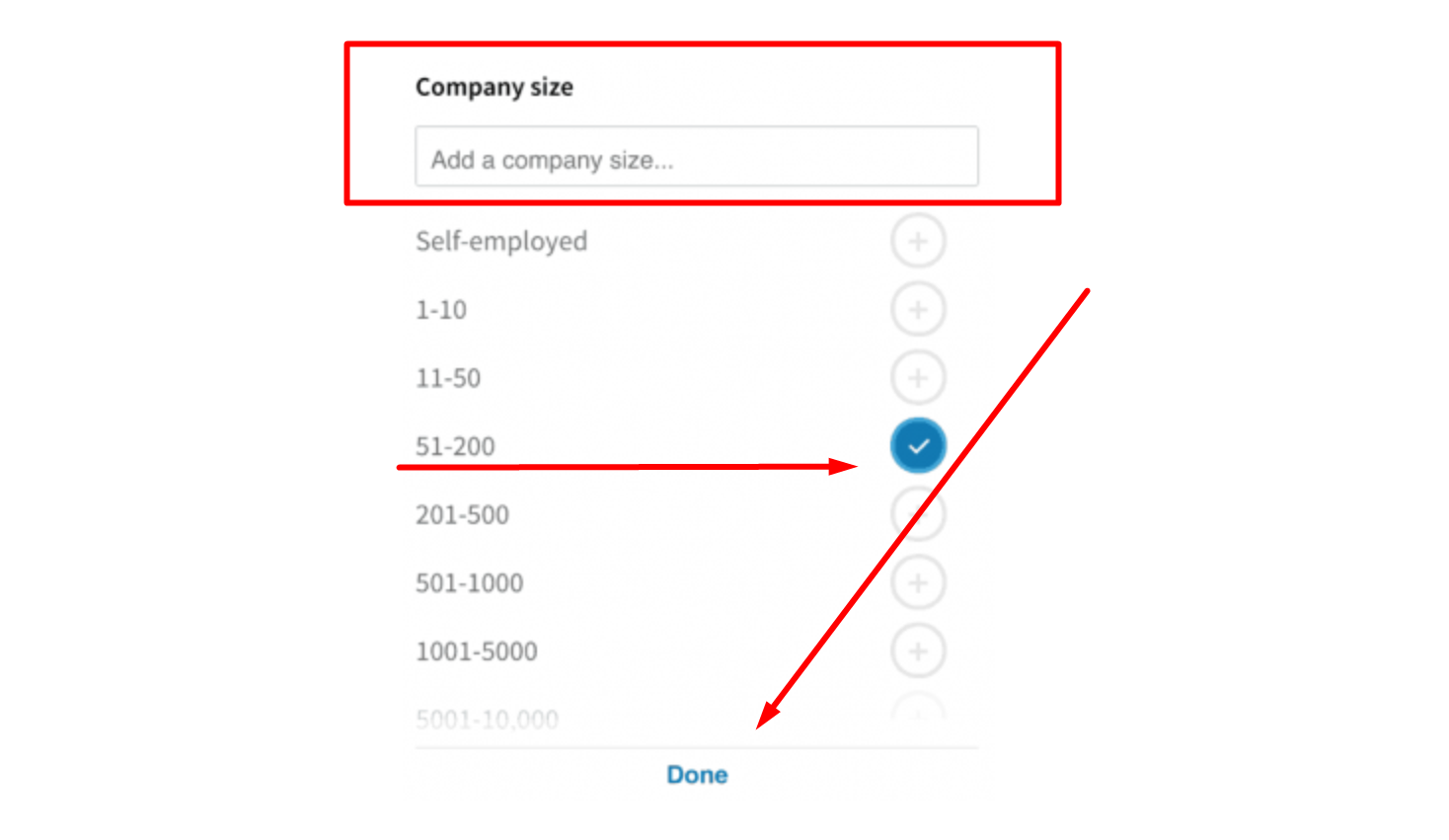
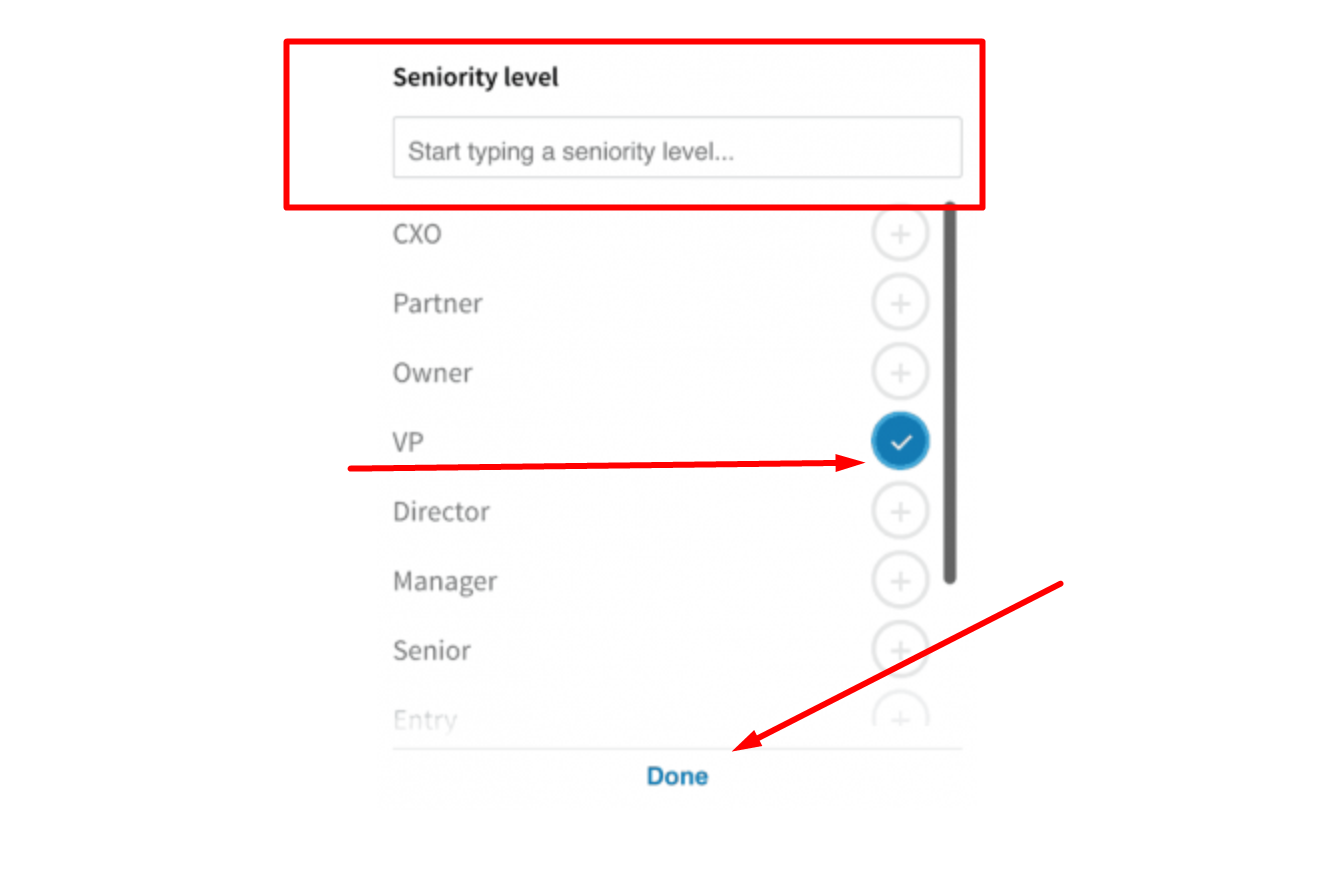
PRO TIP:
Think about which clients have purchased from you within the past month.- Were they all in a certain industry or location?
- What was the company size of the prospects who purchased from you?
- Were they recently funded?
The next step: Use the advanced search to narrow down your lead list
If you have been reading our articles, you will know that we are HUGE fans of ULTRA-TARGETED lists. We would rather have account lists of 50 prospects who are a perfect match for your product, than a list of thousands of prospects who could all be a bad fit. So when it comes to using advanced search filters on Linkedin, you can really narrow down your list of prospects until it’s perfect. (By the time that we launch our campaigns we expect our lists to be 95% or more accurate.) Once you have narrowed down your list to your ideal group of prospects, you will want to save each contact and account. There are 2 filter categories:- People
- Accounts (Companies.)

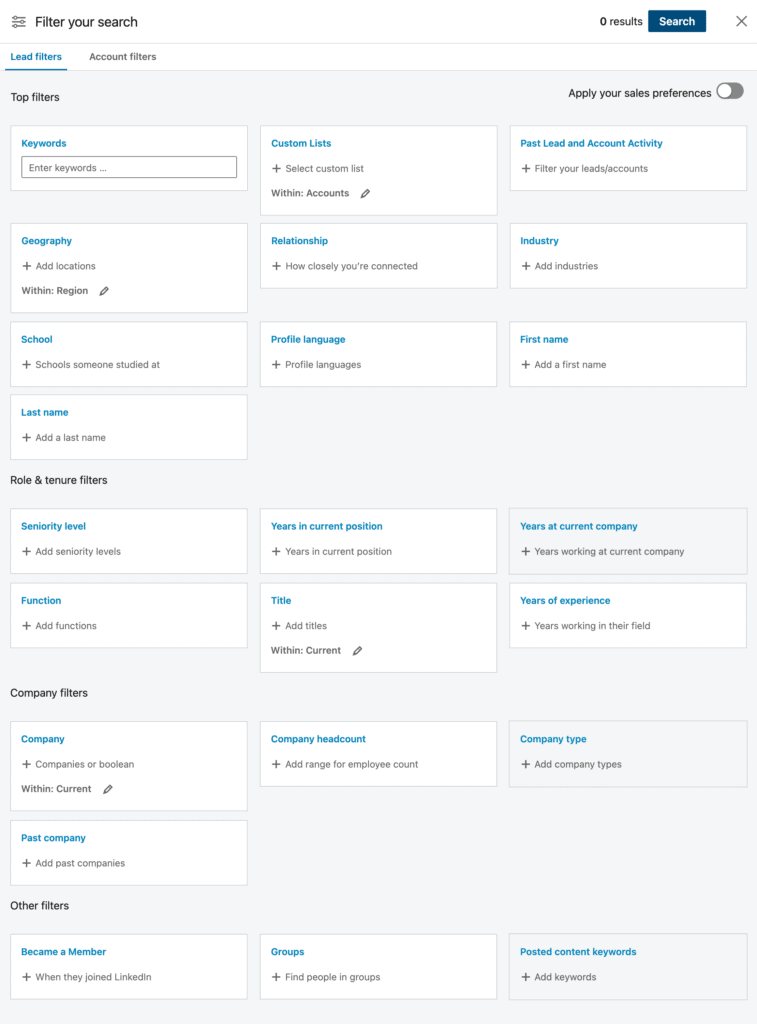
- Keywords
- Custom Lists
- Past Lead and Account Activity
- Geography
- Relationship
- Industry
- School


Other filters :
You can narrow down your list even more so, by using the extra filters mentioned below.- Become a member
- Groups
- Posted Content keywords
What happens when all your results come in?
So once you have set all your filters, a number of results will come up.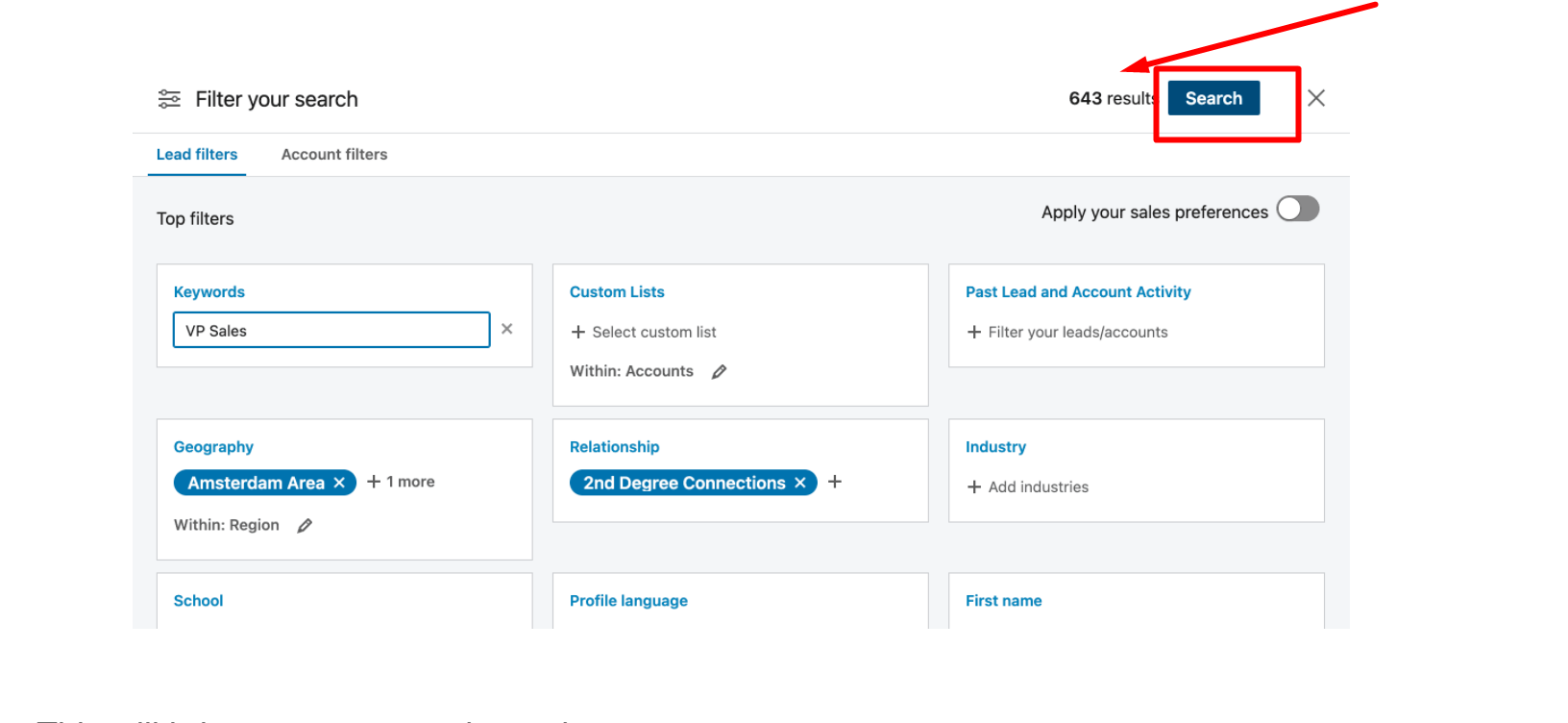

- Connect
- View profile
- View similar
- Message
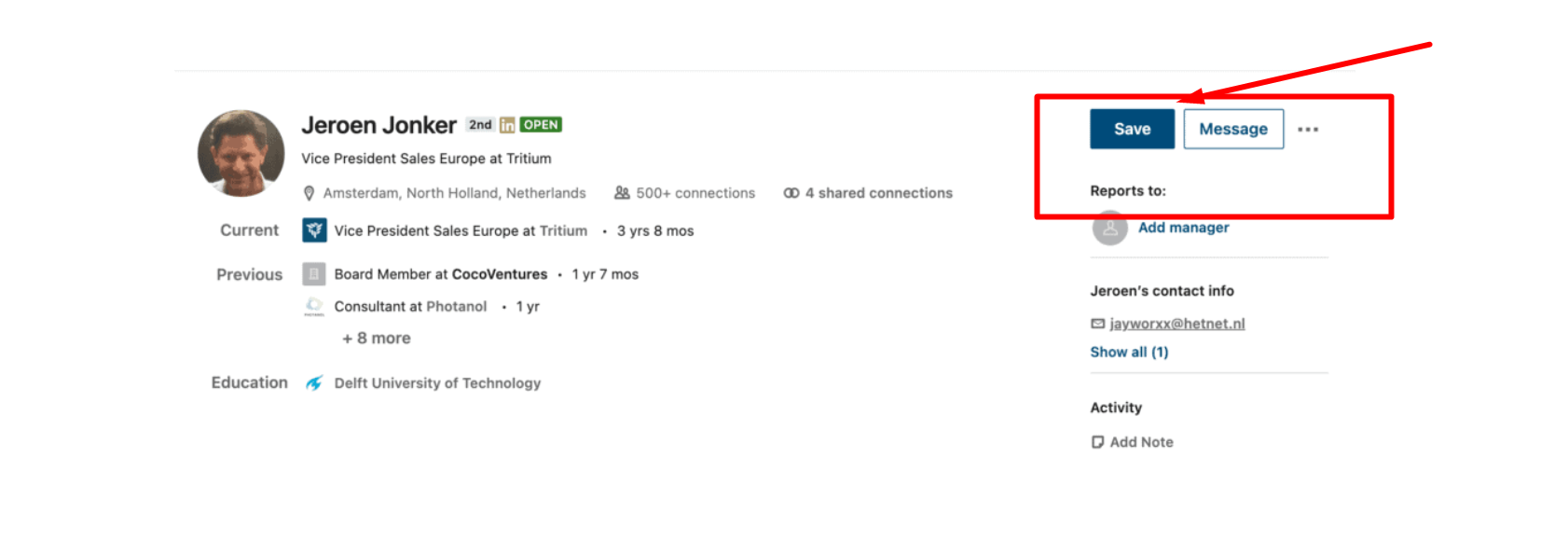
Sales Navigator Saved Accounts
With Sales Navigator, you can save all your best accounts. The good news is that “Sales Navigator provides you with an unlimited number of saved searches and 15 saved search alerts per week.” You can choose to receive email alerts on up to 15 of your most effective searches when a new lead matches your saved search criteria. You can also choose if you would like the frequency of your alerts to be set to:- Daily
- Weekly
- Monthly
- Never.

Watch the video below. It discusses common Linkedin Sales Navigator mistakes and how to avoid them, before we jump into the next section.
4 tips and tricks when it comes to using these filters:
NOTE: We have created an entire article on Linkedin Sales Navigator filter hacks. If you would like some more in-depth information on these hacks, click here.Tip 1: The keyword tool does not work well
The keyword search tool does not work as well as you would think. It often brings up incorrect results. For example, if you had to type in the keyword “cold emailing” in the search tool, you would expect it to bring up all the profiles that mention “cold emailing” 100% of the time… Right? Well, that’s not always the case. Some profiles will come up in your results that have nothing to do with the keyword “cold emailing.” This could have been the best feature of Linkedin Sales Navigator, but unfortunately, it doesn’t always work, leading to functionality issues.Keyword tool hack
We are going to show you an incredible way to get around the keyword tool issue. This is a really simple hack, but it’s a total game-changer. It’s called an X-Ray search, and you use Google for it. In your Google search bar, type: inurl:linkedin.com/in/ AND “cold emailing.” If you do this, Google brings up all people who actually have this keyword with 100% accuracy. The reason for this is that Google is allowed to crawl and index all Linkedin profiles, and Google’s crawling technology is FAR better than Linkedin’s. We first learned about Boolean searches from this site, “ Boolean Black Belt.” So if you would like to read up more about it, click here. Have a look at the screenshot below. Do you see all the results that the X-ray search has brought up?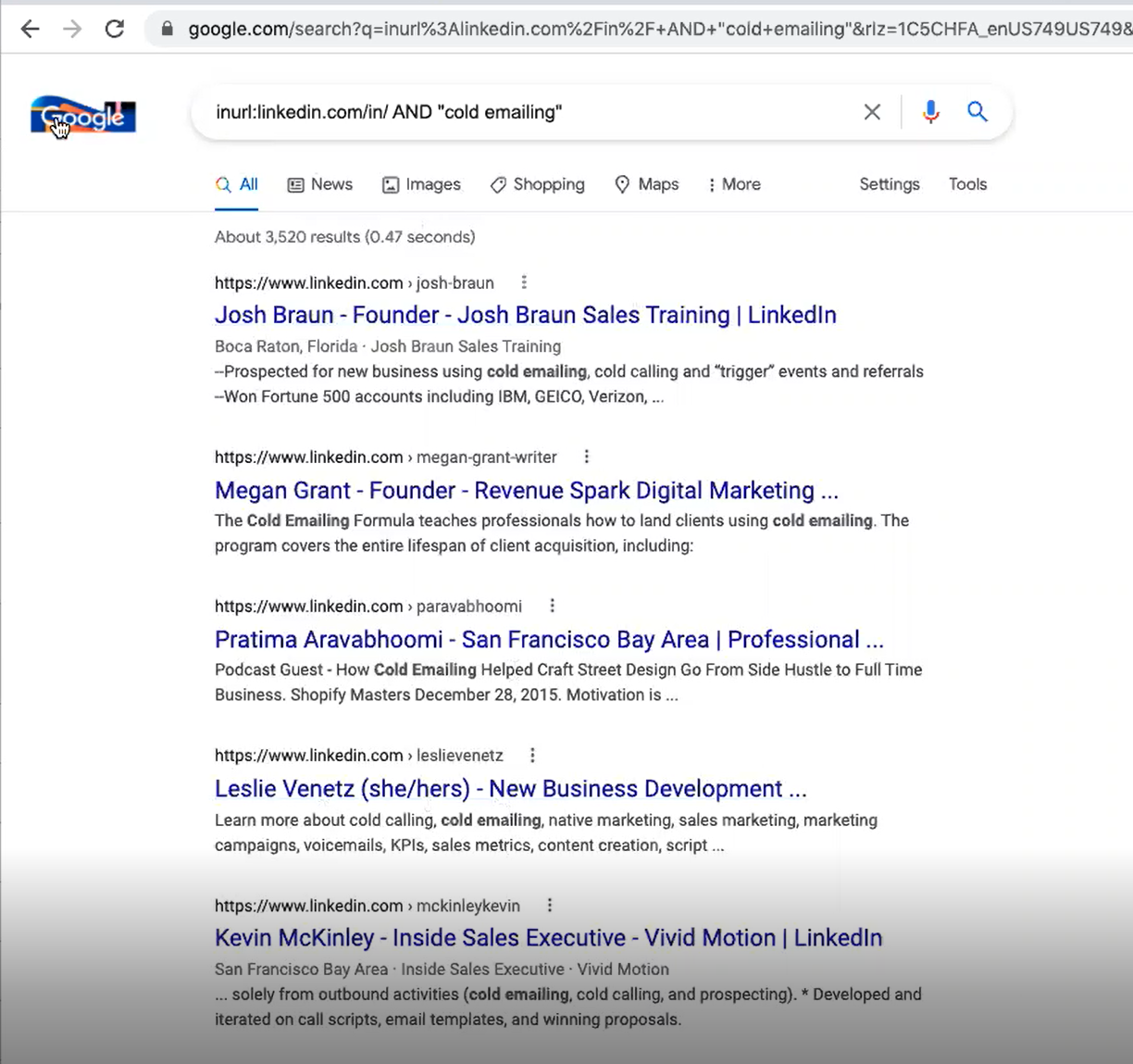
Tip 2. The industry filter isn’t 100% accurate either
Why is this? Well, think about it… “Industry” is very much user-selected. For example, you might have developed a health and wellness app. You could categorize it as health and fitness, or technology. So if you use the industry filter you are going to miss out on a large part of your target audience because the accounts that you are targeting have categorized themselves as something else. In some cases, even more than 50%.Industry filter hack
Create a list of accounts FIRST by researching the companies that you would like to target. We actually go off of Sales Navigator to do this and use third-party resource tools. There are many different web scraping tools that you can use for this kind of research that are extremely helpful.We use the following programs below for this step:
Apollo.io is a data mining tool that allows us to find the email addresses and phone numbers of contacts on Linkedin. You can find your ideal prospects with laser-focused details. Crunchbase allows us to find data on specific companies and track investors, prospects, and even complete market research. Zoominfo provides accurate data such as phone numbers, email addresses, and company info for B2B sales teams. This allows for precise targeting. Once we have created the perfect list, we then feed each account into Linkedin Sales Navigator to start grabbing the correct people to go after.This is BY FAR the best way to go about the industry filter, as it ensures the right target audience.(On a side note: You need to pay for these programs, so if you have an inbound sales team, this can get expensive over time. This is also why we advise using outbound lead generation services, like Salesbread, as we will cover all of these extra costs.)
Tip 3: Use Linkedin Groups to find new leads too

Let’s take an extreme scenario to highlight how to use groups in prospecting.
Let’s say your best customers are Christian Marketers that live in Florida. How can you use LinkedIn to expose “advanced” demographics/psychographics like religious beliefs?(Hint: You won’t find my references on their work experience sections.)Instead, use Sales Navigator to find Christian marketers that live in Florida. If you’re not using the group’s filter you’re not going to find these specific markets. There are groups on Sales Navigator of Christain professionals. (We chose religion for the example, as this would be the most challenging target for Sales Navigator to pull up, we imagine.) And you can imagine the application. We have even made lists where we wanted to go after lawyers who themselves were really interested in marketing for one of our campaigns. There are many, many legal marketing groups, and I pulled out all the individuals there, and then they had to match another certain set of criteria. So when we developed this list, we knew that we would be speaking to lawyers who care about marketing themselves.
The “Groups” filter hack
Search the groups that are in your space right now. So, for example, if you’re going after lawyers and you’re selling marketing services, you might want to go after lawyers that are actively involved in groups that are into legal marketing. Take a look at the groups that your ideal clients may be involved in. If you find some groups with a good number of members, more than 1000, go ahead and use Sales Navigator to search within that group to see if the right job titles are there. If the numbers are high enough, at least 100 people, you can go ahead and add them to a campaign… But you can even go a step ahead and find groups that have more filters that can help you find the right person at a company. Have a look at the screenshots below from Linkedin about using groups.